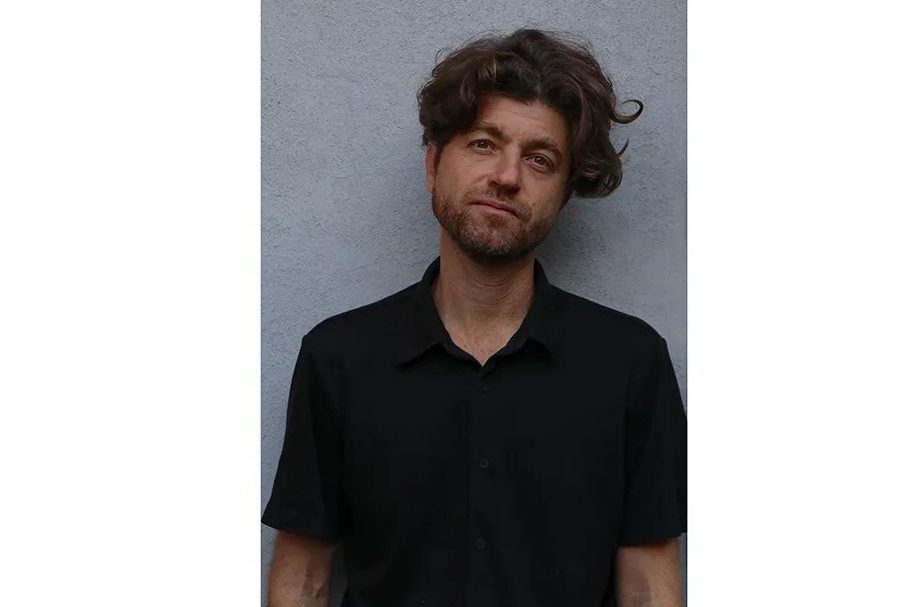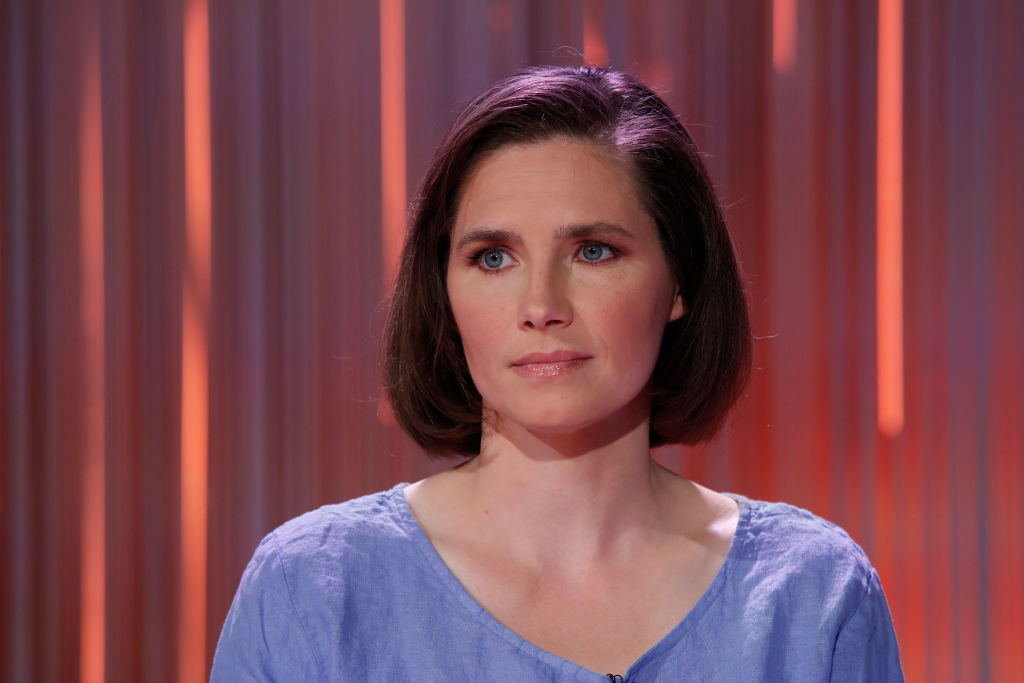Books about endangered languages tend to be laments, full of shocking statistics and portraits of impossibly frail, ancient last speakers in faraway places. Ross Perlin’s exuberant, radical Language City blasts that away, exploring, instead, New York, now “the most linguistically diverse city in the history of the world,” home to more than 700 languages (of approximately 7,000 on the planet), and a “last improbable refuge” for many speakers of “embattled and endangered” tongues. “Far from being confined to remote islands, towering mountains or impenetrable jungles, they are now right next door.” So one block of flats in Brooklyn is a “vertical village,” home to 100 of the world’s 700 speakers of Seke, a language of Nepal. The Lower East Side hosts the only synagogue where Judeo-Greek is spoken; the Jews who once spoke it in Greece were all sent to Auschwitz in 1944 — languages do not die of natural causes.
Perlin writes fiercely and finely about genocide, forced migration, forced education, suppression and racism; but these pages also thrum with action and hope. As the co-director of the tiny non-profit Endangered Language Alliance (ELA), he aims “to make Babel work.” He crisscrosses New York to support people reclaiming, revitalizing, talking and teaching languages which are often not recognized by governments, used in business, taught in schools, held by libraries, and sometimes don’t have recordings, dictionaries or grammars.
Here, he focuses on six. Rasmina, the Seke speaker, gives him a sense of what we might lose if we let these languages die. In Seke, bale means arm-hand, while yaa means leg-foot, a different way of understanding our limbs. Husniya wants to write children’s books in Wakhi, a Pamiri language spoken in the high mountain region where Tajikistan, Pakistan, Afghanistan and China meet, which makes her “a minority within a minority within a minority.” She asks everyone at ELA if they have lullabies in their languages. Irwin, a chef from Mexico, writes poetry in Nahuatl, which has a concept of “time-space” that leaves Perlin delightedly throwing up his hands: “Sometimes there’s not much dictionaries can do.” Ibrahima, from Guinea, promotes N’ko, a writing system which was invented in 1949 by a teacher in Ivory Coast who was so horrified by a book saying African languages were worthless because they weren’t meant to be written down that he invented a new alphabet. This was not just for his language, Maninka, but for the whole Manding language group, spoken by more than 40 million people.
Karen teaches Lenape, the indigenous language spoken in Manhattan before it was nearly erased by settlers and war. She drives ten hours from Canada to bring the language classes to Manhattan — which means, in Lenape, “the place where we get bows,” because its hickory trees were particularly good for making bows and arrows. This could be unbearably moving, but Perlin leavens it with humor. When Karen gets a parking ticket they are tempted to contest it because, of course, she’s parking on her own ancestral land. Perlin has a gift for breaking down complicated ideas, and is never afraid to be counterintuitive, pointing out that there is no reason, linguistically speaking, why New Yorkers shouldn’t all be speaking Lenape now, even if it would take “a magical justice.”
Perlin’s great-grandmother arrived in New York, learning English on the boat over to add to her Yiddish, Polish, Russian and German. But he grew up mainly in English. His grandfather died in 1998, the last Yiddish speaker in any branch of his extended family tree: he had no one to speak it to. The obsession with “last speakers” is deeply problematic because if they really are last, they are not, in any real sense, speaking. “A language is learned not by words, but by sharing life with those who speak it.” And yet, twenty-six years after Perlin’s grandfather’s death, and nearly five decades after Isaac Bashevis Singer said he wrote in Yiddish because “ghosts love Yiddish and as far as I know, they all speak it,” Yiddish is now being dynamically revived by the Hasidic community.
Unlike many secular Yiddishists, Perlin is typically generous towards this and open to its possibilities. Meanwhile, he can speak the language with Boris, who grew up in Moldova, a last holdout of Yiddish after the Holocaust had killed half the world’s speakers, and it had been brutally suppressed across the rest of the Soviet Union. Boris “refuses to be the last Yiddish writer;” and in this bracing book this sort of necessary stubbornness is treated with both relish and respect.
Most of all, though, Perlin advocates for multilingualism — the polyglot world of his great-grandmother and of speakers of “small languages” now. He urges us to learn even a few words in other languages, to become comfortable with hearing languages we don’t understand. His evocation of New York’s gorgeous, messy, imperfect diversity made me long for someone to do the same in other cirues.
This article was originally published in The Spectator’s UK magazine. Subscribe to the World edition here.


























Leave a Reply